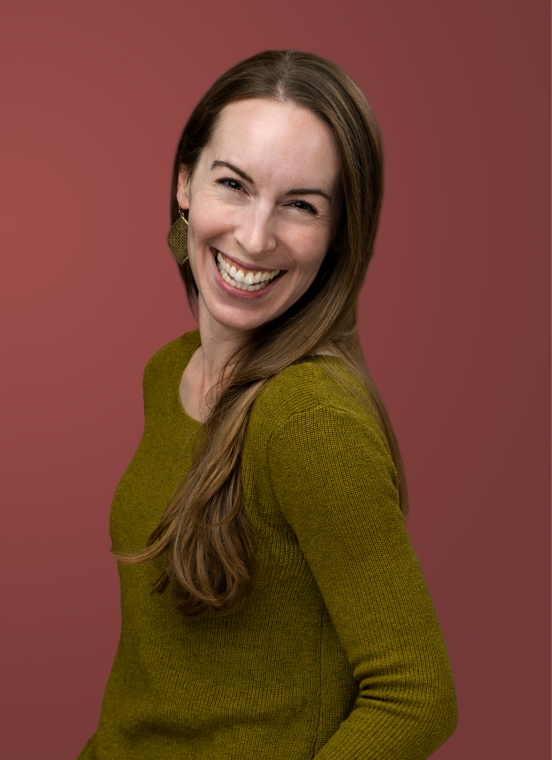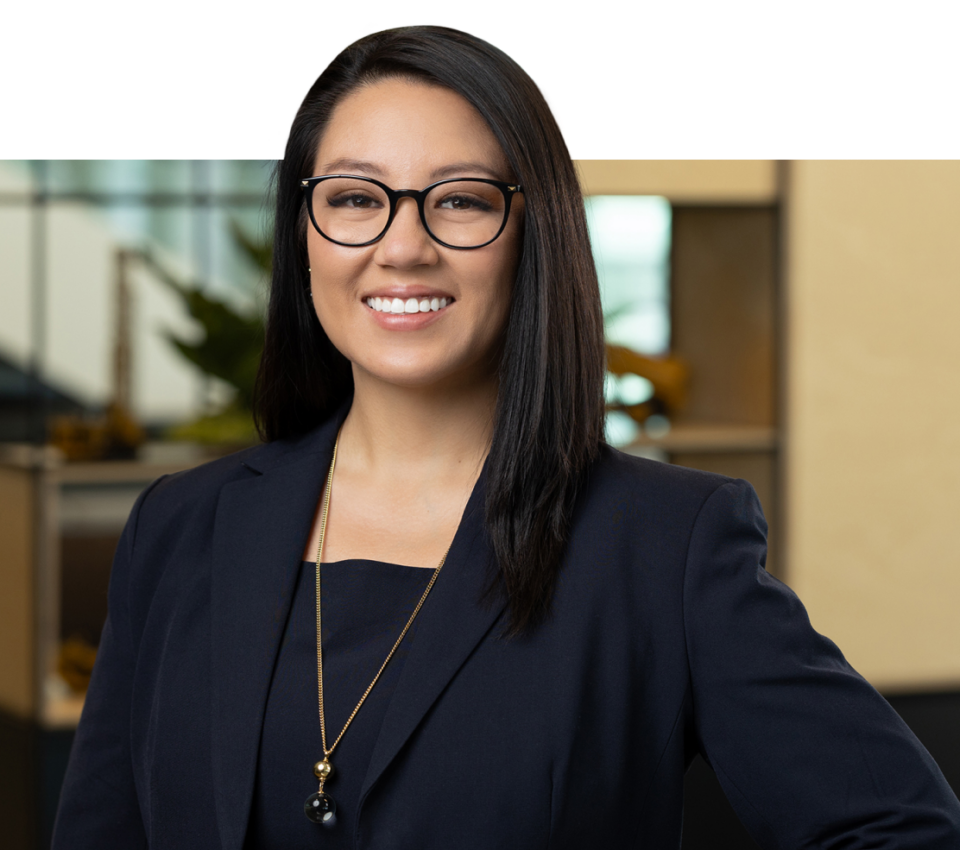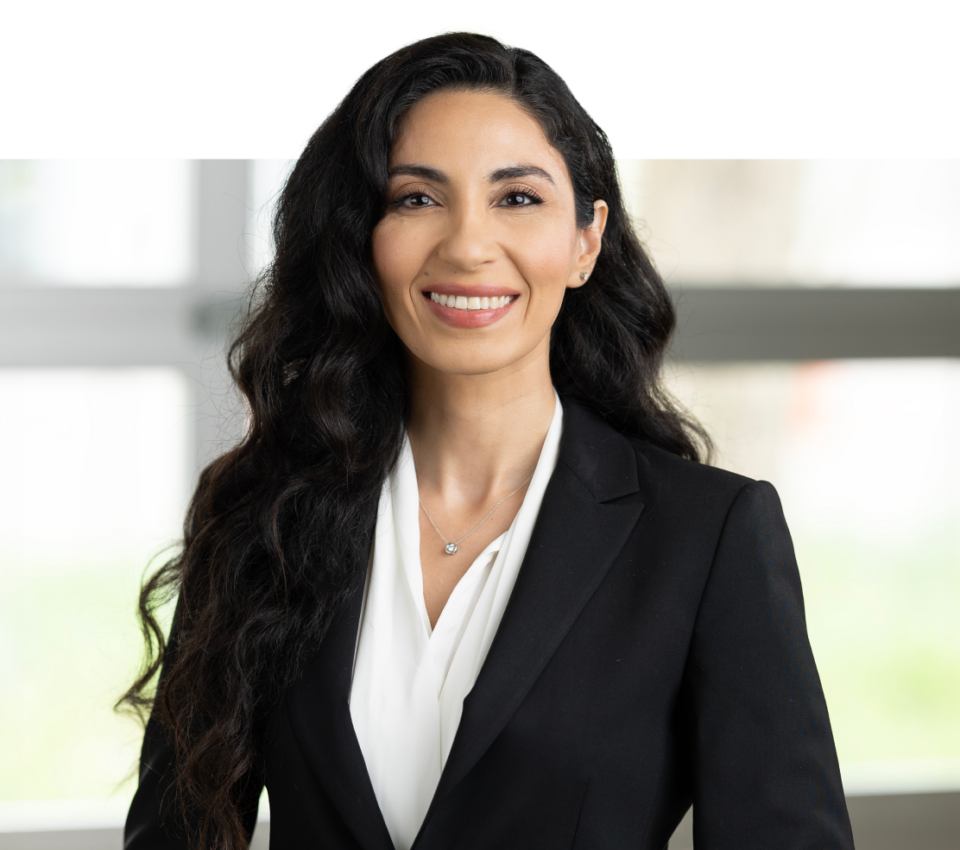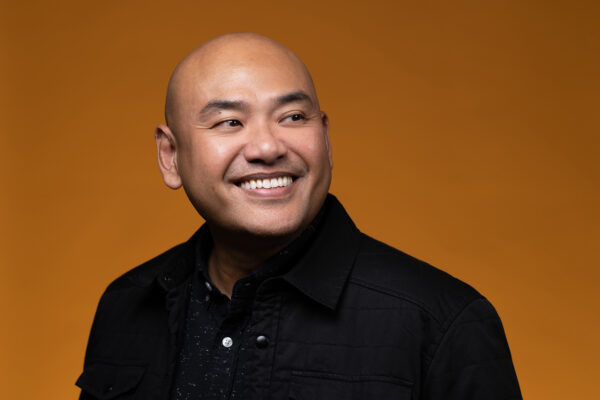Modern Headshots for Professionals Who Hate Having Their Picture Taken
What’s the biggest obstacle standing between you and a professional headshot that truly represents who you are? For many accomplished professionals, it’s not budget constraints or lack of time, it’s the visceral dread that surfaces at the mere thought of being photographed.
We get it. That feeling of awkwardness when someone points a camera your way isn’t just uncomfortable, it can be genuinely distressing. The forced smile, the uncertainty about where to look, the nagging feeling that you don’t look “right”, these concerns plague even the most confident business leaders.
Table Of Contents
- Why Modern Headshots Matter for Today’s Professional
- Understanding the Psychology Behind Camera Shyness
- Practical Techniques That Transform the Headshot Experience
- Preparing for Headshot Success
- The Day of Your Session
- Conclusion
- FAQs
But here’s the truth; in today’s digital-first professional landscape, your headshot matters more than ever. It’s often the first impression you make on potential clients, employers, and colleagues. The good news? Modern headshot photography has evolved specifically to address these concerns, creating a completely different experience than what you might remember from school picture day or your last passport photo.

Why Modern Headshots Matter for Today’s Professional
Modern headshots have transformed dramatically from the stiff, formal portraits of the past. Remember those rigid poses against bland backdrops with harsh lighting that made everyone look like they were being interrogated? Those days are thankfully behind us.
Today’s modern headshots focus on capturing the authentic you, the professional who brings unique value to your work. They’re designed to convey approachability, confidence, and competence without the artificial feeling that made traditional headshots so uncomfortable.
What makes this shift so important? In a world where most professional connections begin online, your headshot does significant work before you ever meet someone face-to-face. It communicates your personality, your professionalism, and even your values. When done right, modern headshots can transform how potential clients perceive your professional brand.
The difference lies in the approach. Traditional headshot photography often treated subjects like mannequins, position here, chin there, don’t move. Modern headshot sessions are conversational, relaxed, and focused on bringing out natural expressions that reflect who you really are. The result? Images that feel authentic while still maintaining the polish expected in professional contexts.

What would it feel like to actually enjoy your headshot session instead of dreading it? This question guides our approach to working with professionals who typically avoid the camera at all costs.
Understanding the Psychology Behind Camera Shyness
Why do so many accomplished, confident professionals freeze up when facing a camera? The reasons are more complex than you might think.
For many, camera shyness stems from a disconnect between how we perceive ourselves and how we appear in photographs. We’re used to seeing our reflection in mirrors so photographs can seem strangely unfamiliar. This unfamiliarity often translates to discomfort.
Others struggle with perfectionism. In an age of carefully curated social media, the pressure to present a flawless image can be overwhelming. The fear of a bad photo becoming your digital representative can trigger genuine anxiety.

Camera shy photography requires a completely different approach than traditional portrait sessions. The focus shifts from getting the “perfect shot” to creating a comfortable experience where natural expressions can emerge. Our experience with camera shy photography has taught us that the right approach makes all the difference.
How can you tell if a photographer understands headshot anxiety? Look for someone who spends more time talking about the experience they create than showing off their technical skills. Professional headshot specialists understand that for camera-shy clients, the emotional experience is just as important as the final images.
Practical Techniques That Transform the Headshot Experience
Getting your headshot taken doesn’t have to be all work. It can be enjoyable and if it is so, you may end up liking it, too! Here are proven techniques that have helped even the most camera-averse professionals feel comfortable:
Conversation Over Posing
The most natural expressions emerge during genuine conversation, not when you’re trying to hold a smile. Modern headshot photographers focus on engaging you in real dialogue rather than barking posing instructions. This approach helps you forget about the camera and allows authentic expressions to emerge naturally.

When clients ask how to pose for a headshot, we focus on natural movements rather than rigid positions. Learning how to pose for a headshot naturally is easier than you might think when the focus shifts from “perfect positioning” to comfortable interaction.
The Power of Movement
Static poses often lead to stiff expressions. Instead, incorporating subtle movement, shifting weight, slightly adjusting your position, or even walking and stopping, creates more natural results. These micro-movements prevent the frozen, deer-in-headlights look that many camera-shy people fear.
Our tips for camera shy individuals taking headshots focus on creating a relaxed, pressure-free environment where movement is encouraged rather than restricted. This approach helps overcome the tendency to tense up when a camera appears.
Mindset Shifts That Make a Difference
Headshot anxiety is completely normal and something we work with every day. Understanding the root causes of headshot anxiety helps us create a more comfortable experience. With the right photographer, headshot anxiety can be managed and even overcome.

One powerful technique is to shift your focus from how you look to what you want to communicate. Think about the qualities you want to convey to potential clients, approachability, expertise, trustworthiness, rather than worrying about your “good side.”
Another helpful mindset shift is recognizing that professional headshots aren’t about physical perfection, they’re about connecting with your audience. The most effective headshots communicate personality and build trust, regardless of conventional beauty standards.
Learning how to overcome camera shyness for professional photos often starts with understanding that your photographer is on your side. The right professional isn’t judging your appearance but is actively working to help you look your best.
Preparing for Headshot Success
The success of your headshot session begins long before the camera comes out. Thoughtful preparation can dramatically reduce anxiety and improve results.
Wardrobe Choices That Build Confidence
Choosing the best outfits for professional headshots depends on your industry and personal brand. The right clothing should make you feel confident while accurately representing how you dress in professional settings. When you feel good in what you’re wearing, that confidence naturally shows in your expressions.

The Pre-Session Consultation
A quality headshot experience should include a consultation before your session. This is your opportunity to discuss concerns, ask questions, and get comfortable with your photographer before the camera appears. During this conversation, you can share specific anxieties about being photographed and learn how the photographer plans to address them.
This preparation phase is where our specialized approach to working with camera-shy professionals begins. By understanding your specific concerns, we can tailor the session to address them directly, creating a customized experience rather than a one-size-fits-all approach.
Practice Makes Progress
Can you practice for a headshot session? Absolutely. Spending some time with your mirror or smartphone camera can help you become more comfortable seeing yourself in images. This isn’t about finding the “perfect pose” but rather about getting used to seeing yourself from different angles.
Try experimenting with slight variations in your expression, a full smile, a slight smile, a more serious look, to see what feels most natural. This exploration helps reduce the surprise factor when you see your professional images.

The Day of Your Session
When the day of your headshot session arrives, knowing what to expect can significantly reduce anxiety. A well-structured modern headshot session typically includes:
- A warm-up period where you and your photographer chat while getting equipment ready
- Clear, supportive guidance throughout the session rather than vague instructions
- The opportunity to see images during the session so you can provide feedback
- Multiple approaches and angles to ensure variety
- A collaborative review process where you select your favorite images
Professional headshot tips often emphasize the importance of getting enough sleep the night before and staying hydrated, as both significantly impact how refreshed you appear in photos. Arriving a few minutes early gives you time to settle in rather than feeling rushed.
Conclusion
Modern headshots differ from traditional portraits by emphasizing authenticity and approachability. When you find a photographer who understands the unique challenges faced by camera-shy professionals, the entire experience transforms from an ordeal to be endured into a surprisingly positive experience.

Quality professional headshots are essential for establishing credibility in today’s digital-first business world. Many professionals put off getting professional headshots because they feel uncomfortable in front of the camera. The right professional headshots can make a significant difference in how you’re perceived online.
Our approach to modern headshots focuses on creating a comfortable environment where your personality can shine through. We believe that everyone deserves to have professional images they’re proud to share, regardless of how they feel about being photographed.
The next time you find yourself needing updated professional images, remember that camera shyness doesn’t have to stand in your way. With the right approach, even those who typically avoid photographs can end up with headshots that authentically represent their professional brand.
FAQs
How long does a modern headshot session take?
Most sessions last 30–60 minutes. If you’re camera-shy, plan for closer to 45–60 minutes to avoid feeling rushed.
What if I don’t like any of my photos?
Photographers usually show images during the session for feedback. If you’re still unhappy, many offer a reshoot or refund.
Do I need professional makeup?
Not required, but helpful. Light powder reduces shine; natural-looking makeup enhances your appearance while keeping it authentic.
How often should I update my headshot?
Every 2–3 years, or sooner if your appearance changes significantly (hair, weight, glasses, etc.).
Can I bring a friend to my session?
Yes! A supportive friend can ease nerves and help you relax—just make sure they’re there to support, not direct.
Denver Headshot Co. – Modern Headshots for People Who Dread the Camera
→ Natural, polished headshots designed for camera-shy professionals
→ On-site sessions that are low-pressure, efficient, and judgment-free
→ Gentle, expert guidance to help even the most hesitant feel confident
⭐⭐⭐⭐⭐ Rated 4.9/5 by Thousands of Satisfied Customers

Jackie, the founder and creative director at Denver Headshot Co., brings over a decade of experience in professional photography to her role. Her extensive expertise, combined with a genuine passion for capturing the essence of her clients, has been instrumental in establishing Denver Headshot Co. as a leader in the field. Under her guidance, the company is renowned for its commitment to quality and authenticity, providing headshots that not only showcase the individuality of each client but also amplify their professional presence. Jackie’s experience, leadership, and artistic vision ensure that every client receives a personalized and empowering photography experience.
Related articles
The Link Between Headshots and Business Success
The Power of Being Real: Why Authenticity Wins in a Digital World





